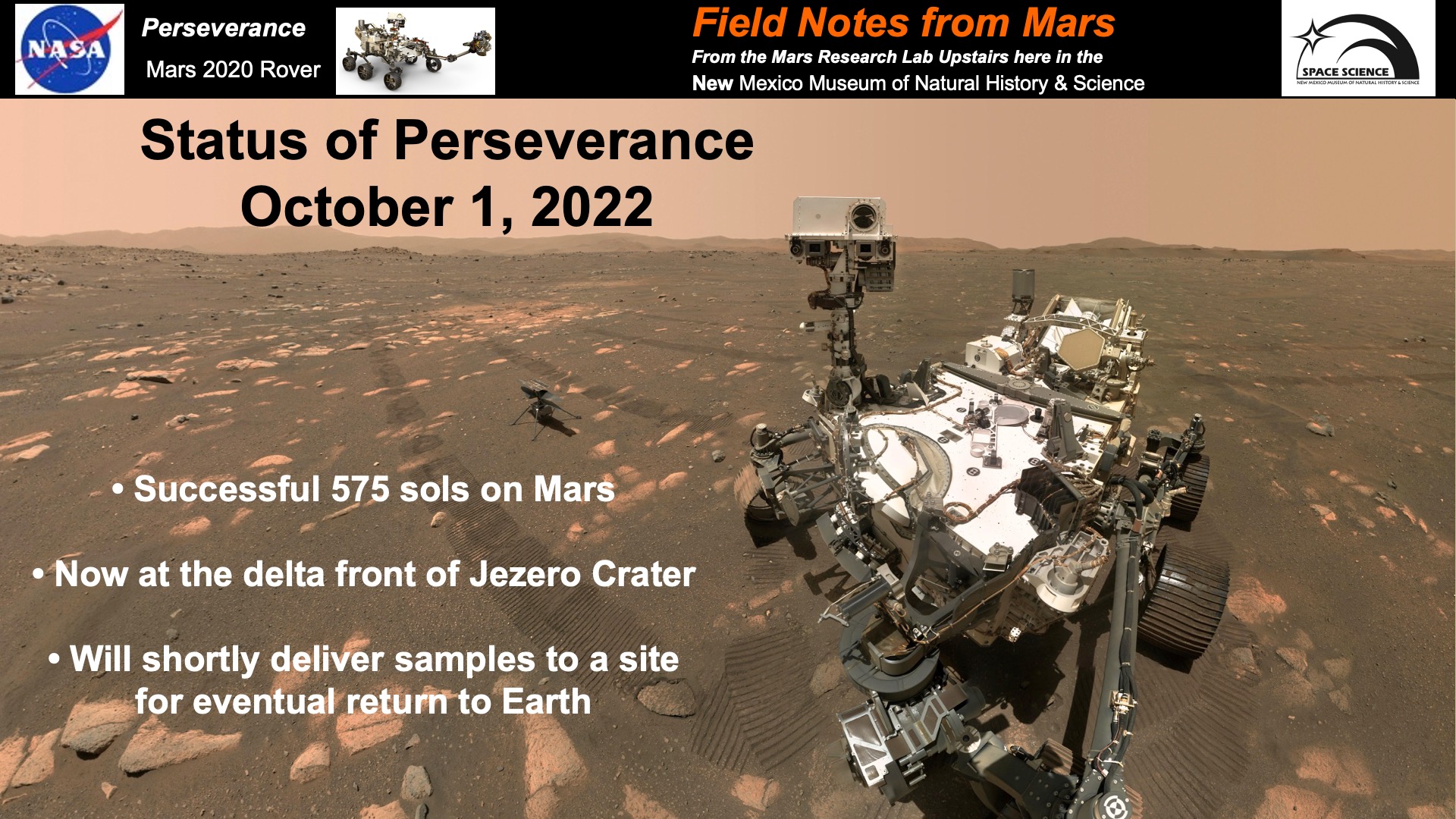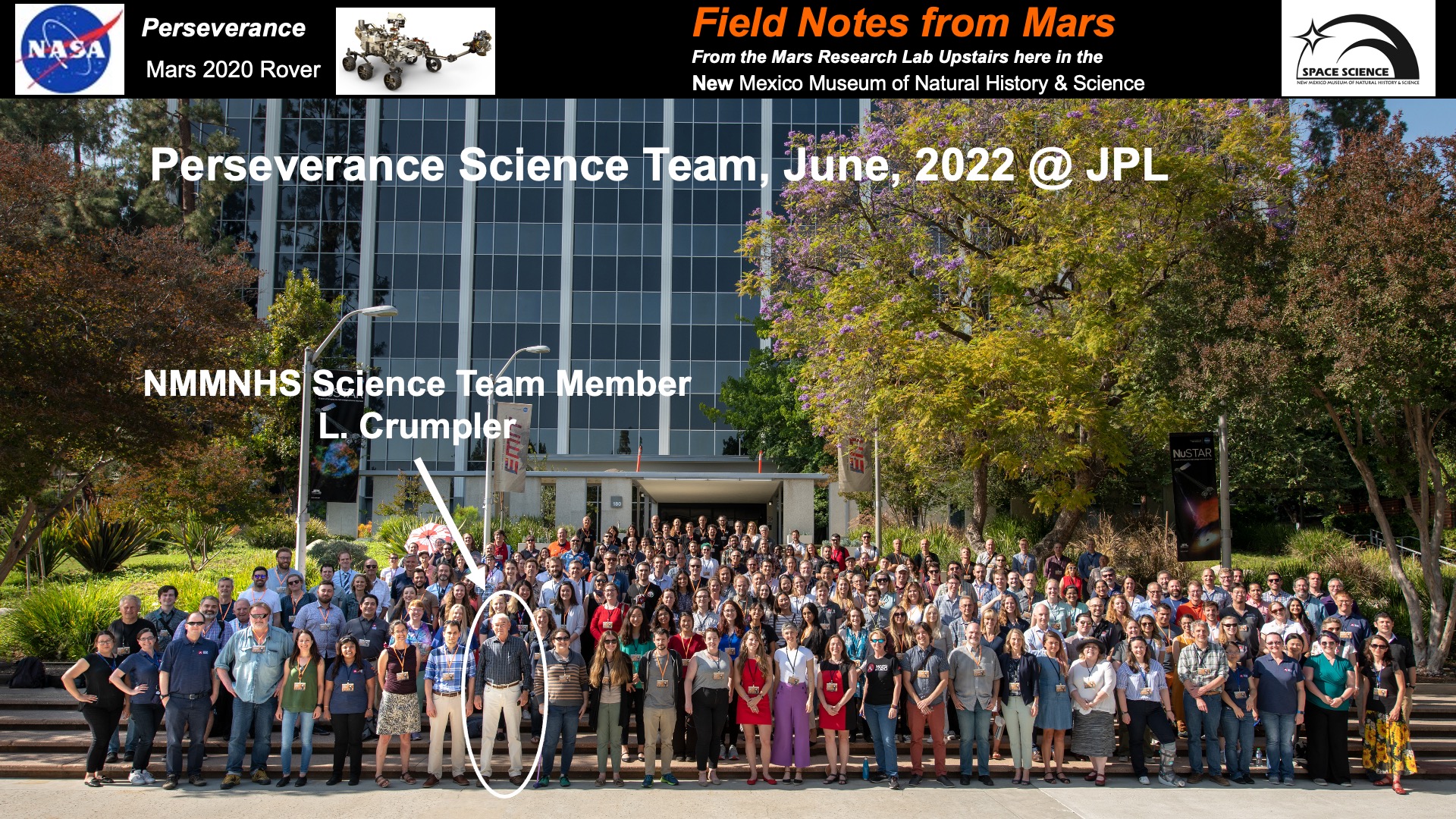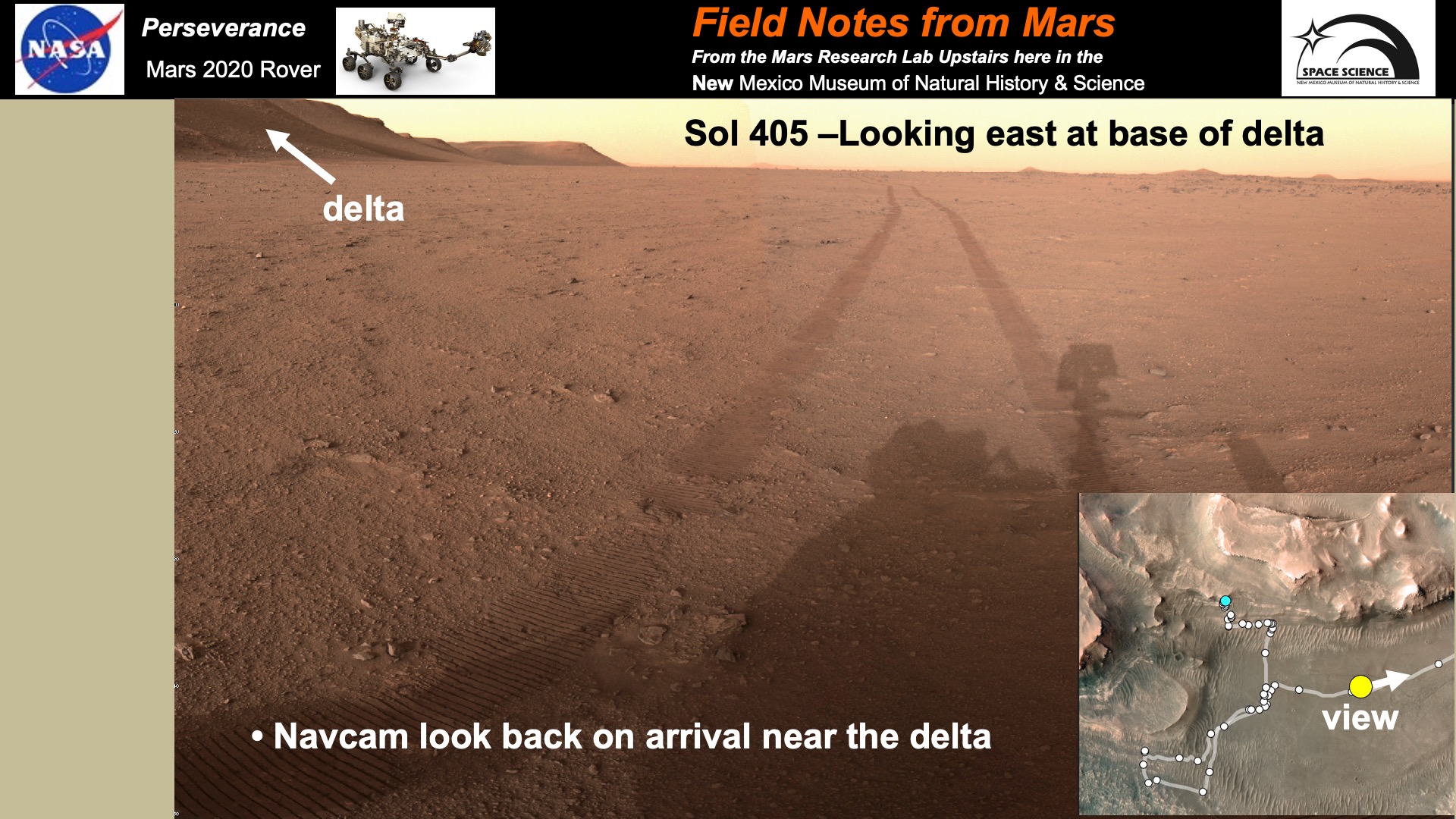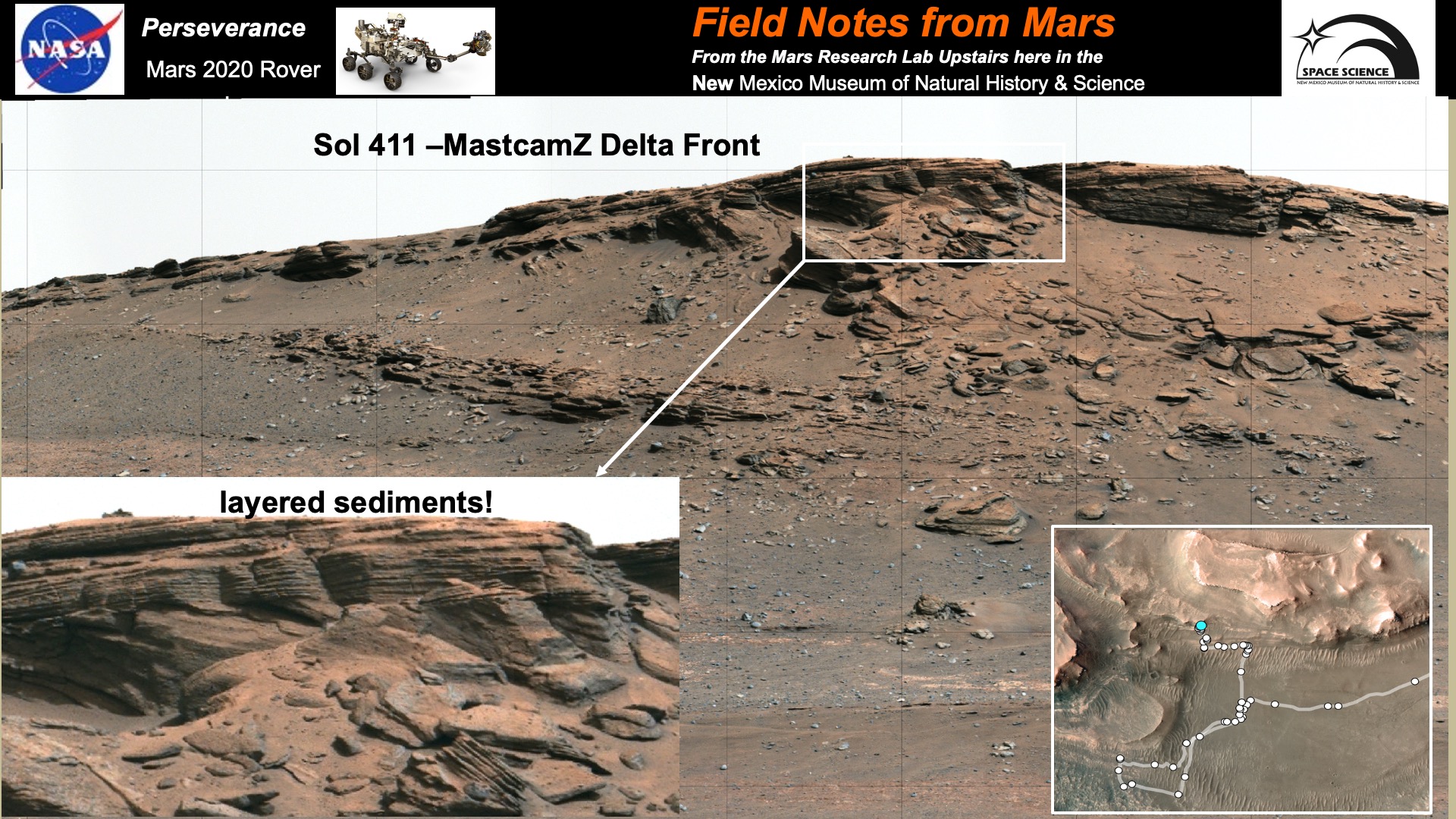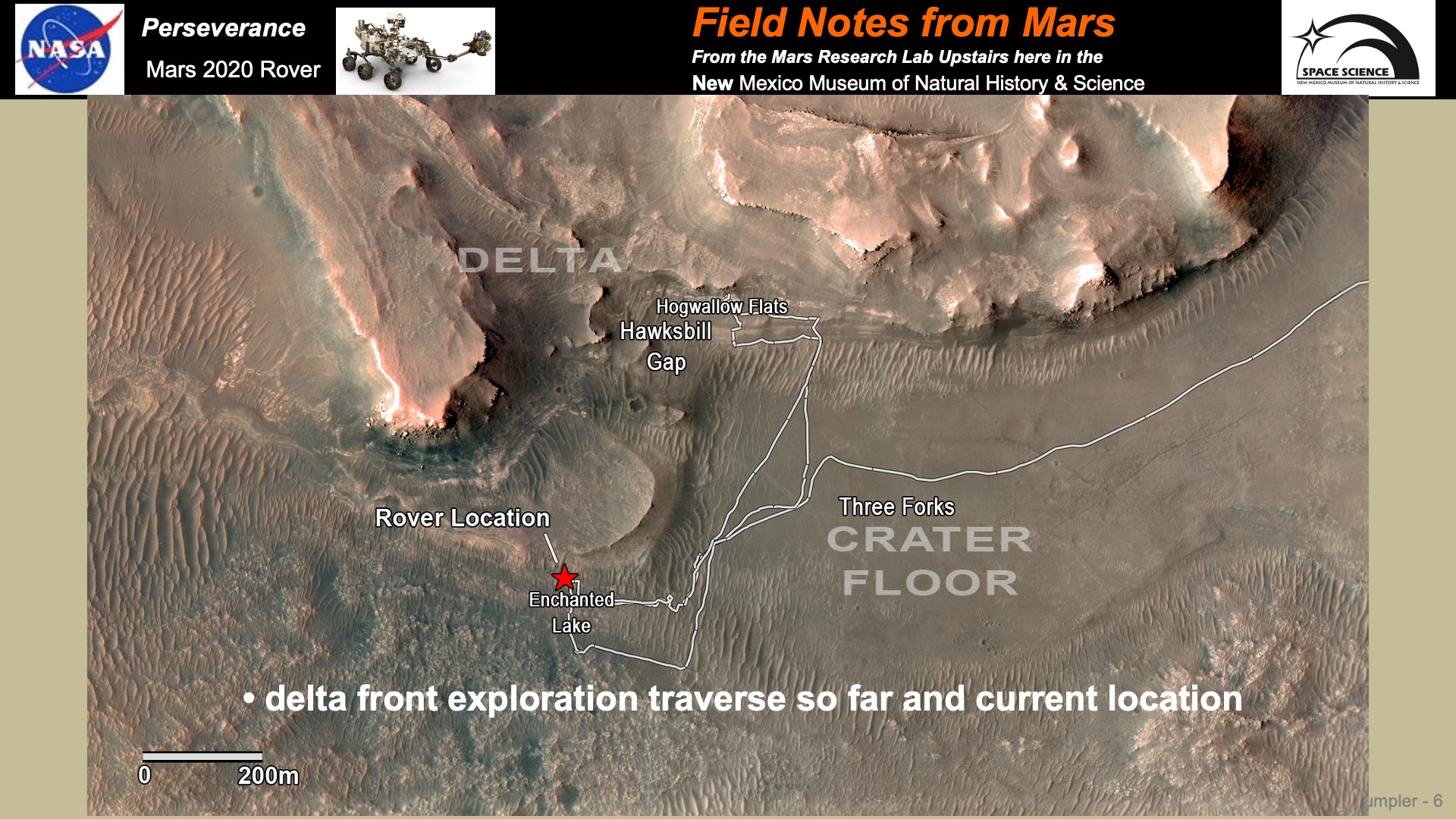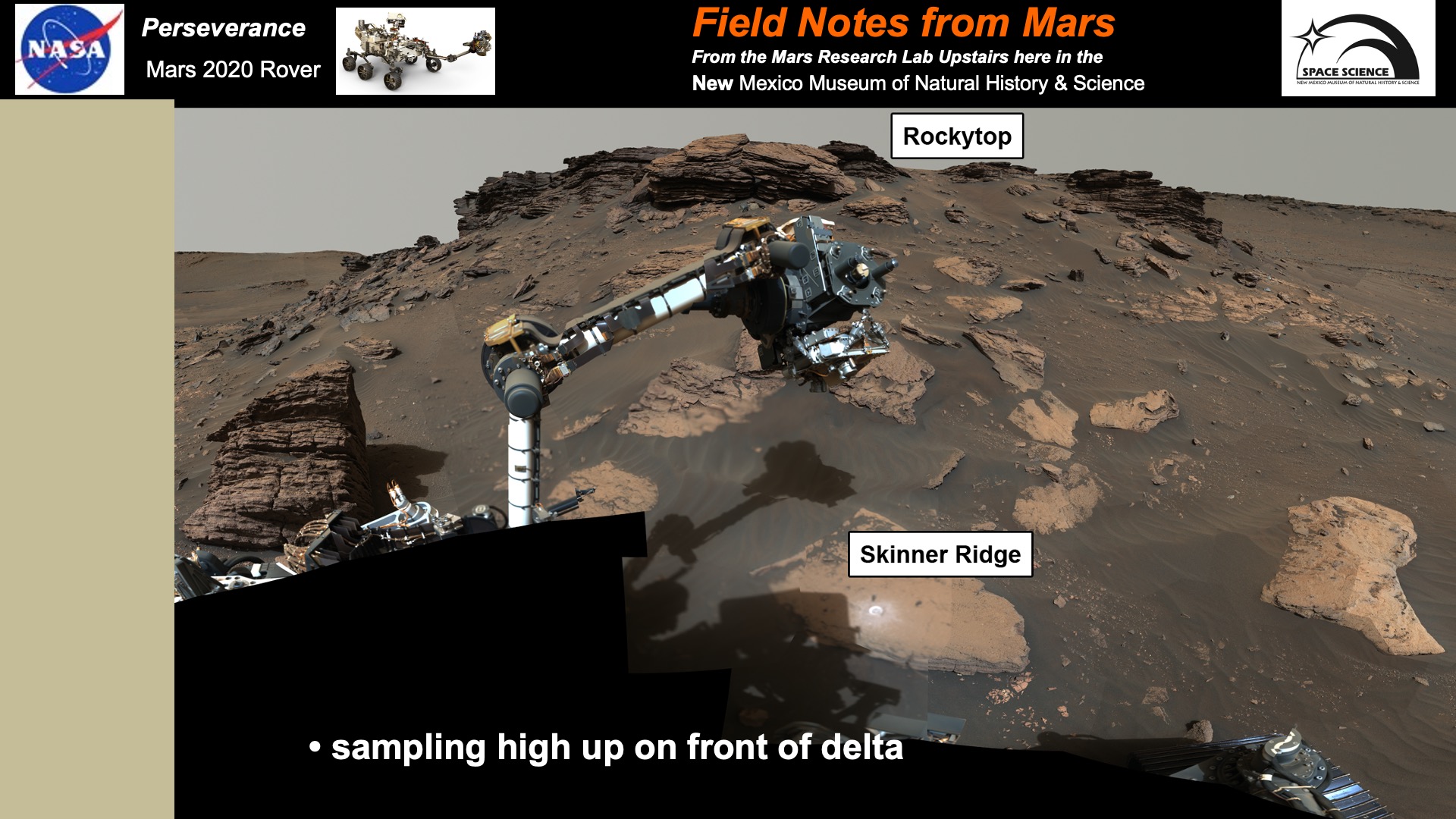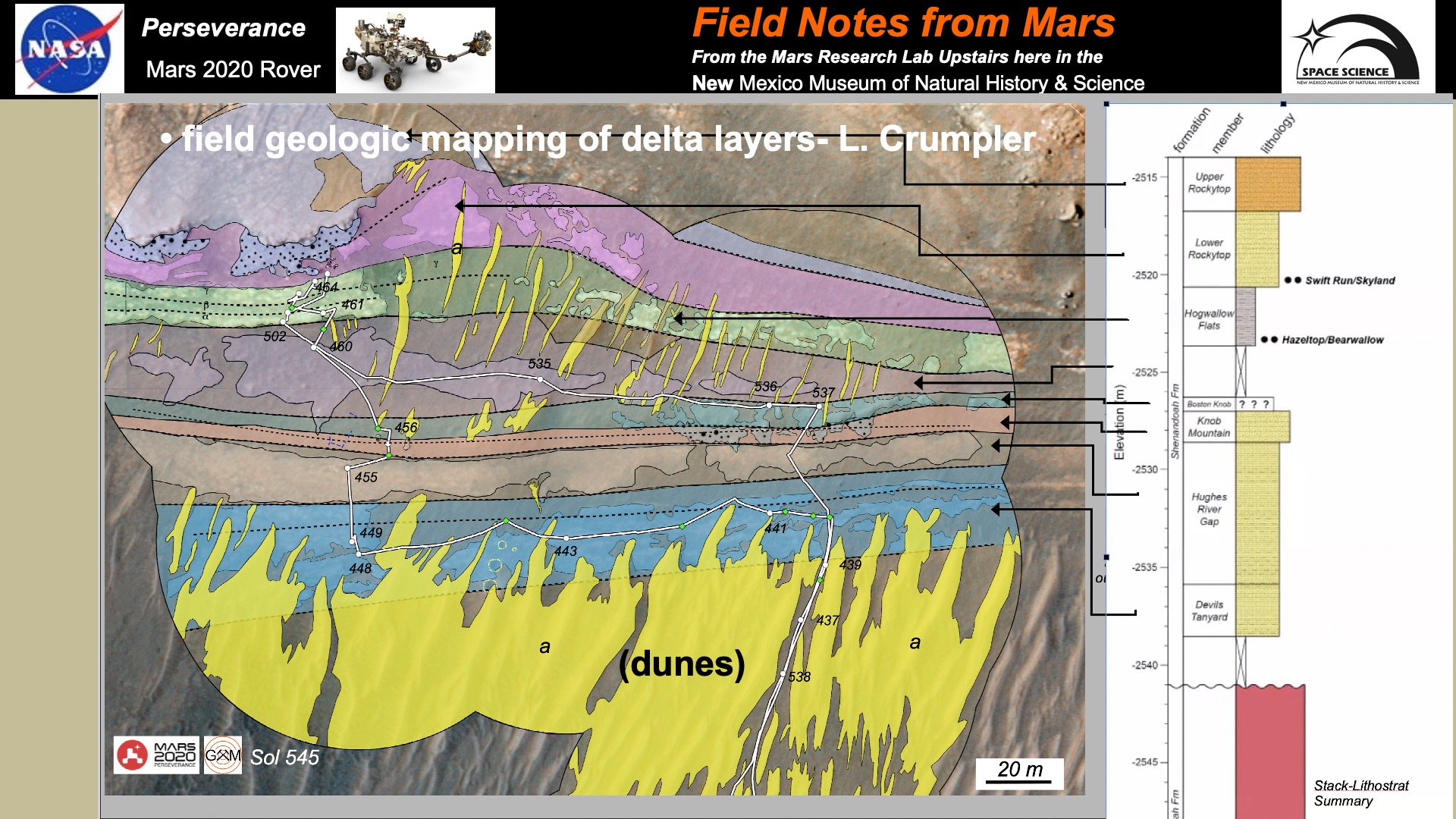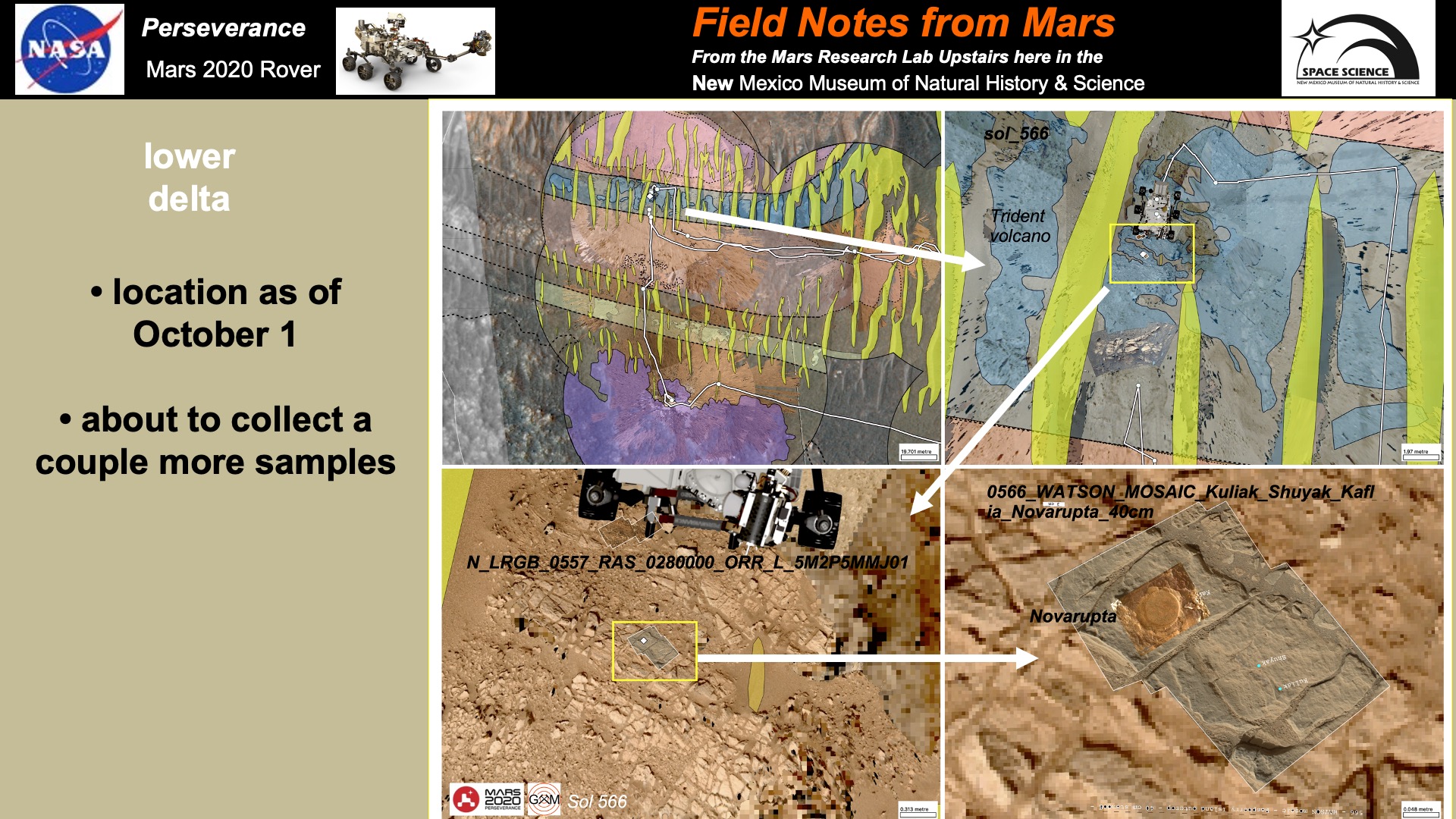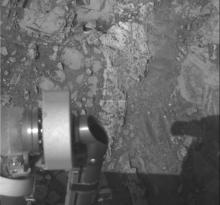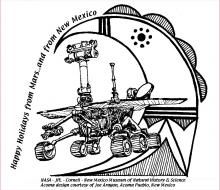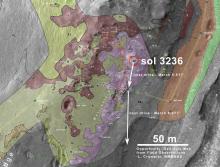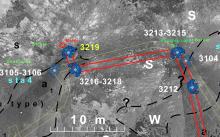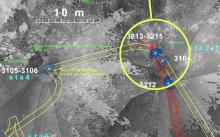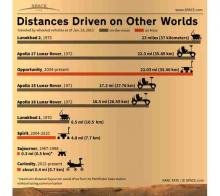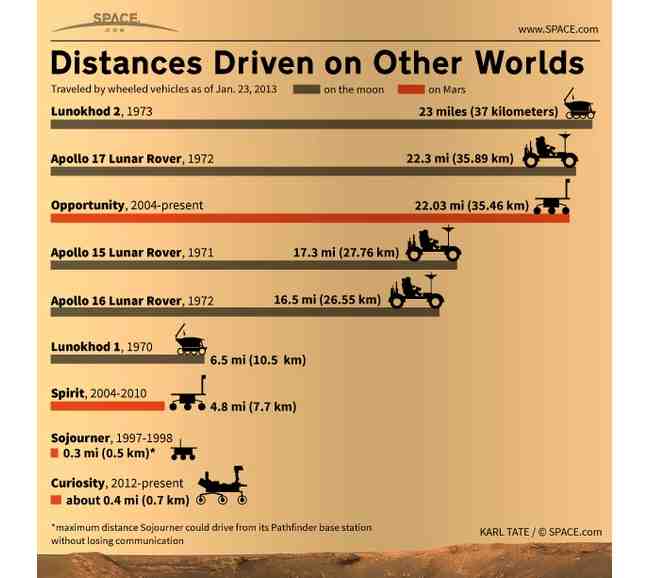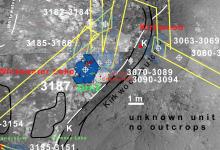One last outcrop, then solar conjunction
Opportunity is doing one last "hurrah" here at Cape York on a particularly interesting outcrop with a composition and structure unlike anything encountered before. We were about to start driving southward after the last stop, but the results came down from this strange outcrop. And unlike our tendency to avoid driving back to a previous spot, we decided we had to get more information on this rock unit. Then we have got to start driving south towards the next mountain.




